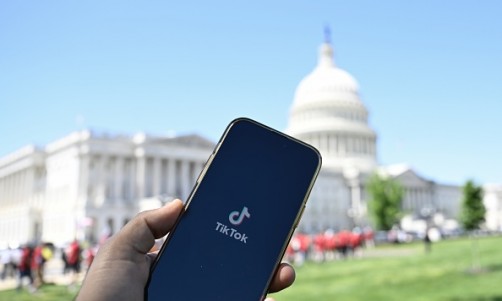The Zika virus started its deadly scourge in Brazil with more than 4000 babies affected between October 2015 and January 2016. Now, the deadly virus is extending its claws in the Southeast Asian region and this time, the strain was similar to that found in the 1960s. It was so alarming that WHO already issued a warning for the region to be vigilant about it.
Singapore and the rest of the Southeast Asian region are now worried after reports of patients affected by the virus in different Southeast Asian nations have surfaced. The fear even doubled after Singapore, which is considered as the cleanest and most advanced country in the region, has reported its first two cases. Doctors, however, found out that the Zika strain in Singapore is the same as the one which circulated Southeast Asia in 1968. The same strain had expanded in South Asia until the 1980s.
Although the Zika virus has been around the region even before the recent outbreak, less attention has been given to it in the past because its symptoms only include mild fever, joint pains, and rashes which goes away after the patients receive treatments for a week.
"The big puzzle is that even though we have had the Southeast Asian strain in the region for many years, nothing big has happened so far," said Prasert Auewarakul, a professor and director of the Institute of Molecular Biosciences at Mahidol University in Thailand.
However, with the number of cases increasing in Southeast Asia, health officials are not taking any chances issuing a warning, especially to pregnant women, to be more careful and avoid unnecessary travel to countries which are reported to be high risk to the zika virus.
According to the World Health Organization, Singapore has already reported 240 cases as of late. Malaysia and Thailand have reported that they have detected infections already. Meanwhile, India, China, and Indonesia were only identified as high-risk countries. In the Philippines, one case have been reported but then it was also stated that the infected person was already cured. Some countries, like the USA, Australia, and the UK, have issued warnings to their citizens against traveling to these countries.
WHO officials in the region told Southeast Asian countries to create "effective surveillance and reporting systems" so that they can properly monitor the movement of the virus. Health officials from different countries of the region are also closely monitoring those who have been affected. In Thailand, two pregnant women have been detected to have the virus, but are both currently being under close surveillance by the medical staff.
Voravit Suwanvanichkij from the Johns Hopkins School of Medicine said that both the government and the public should never let their guard down because a new endemic might be happening in the region. He further added that if the critical level of the virus can be removed, then it is possible to stop what could become a worldwide epidemic.














